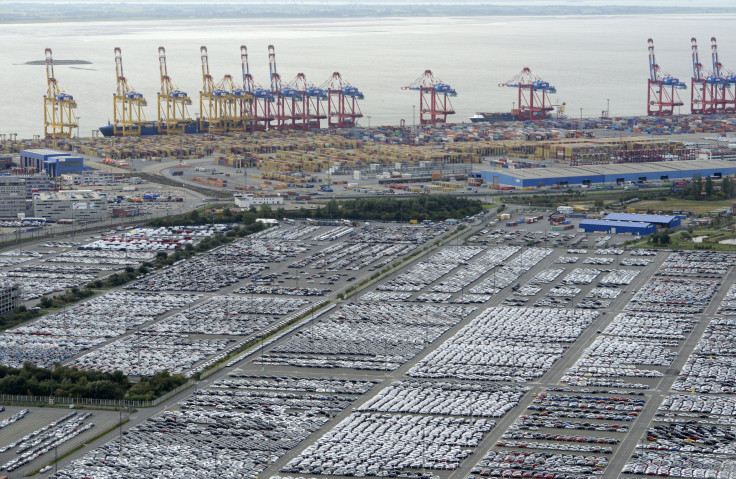Eurozone, Germany GDP Growth Slows In Third Quarter

Growth in the eurozone slowed to 0.3 percent in the third quarter, compared with the previous quarter when it grew by 0.4 percent. Germany, the region's largest economy, also slowed down to grow by 0.3 percent as falling exports weighed on economic growth.
Germany's growth figure matched market expectations but was slower than the 0.4 percent expansion in the previous quarter, while the GDP for the 19-nation eurozone was below market expectations of 0.4 percent. Growth in the 28-nation European Union held steady at 0.4 percent, according to official data.
In Germany, where the economy is driven by exports, higher spending by households and the government helped offset declines in foreign trade, the country's official statistics agency said.
"According to preliminary estimates, growth was held back by foreign trade because imports rose far more strongly than exports," the agency added. Germany expanded 1.7 percent from a year earlier if adjusted seasonally.
France’s GDP also grew 0.3 percent last quarter, a separate data released earlier showed. GDP figures for the largest eurozone economies have lagged due to weak trade performance. Data showed Italy and Netherlands also reported marginal expansions Friday, while Portugal was flat and Finland reported a small decline in its economy.
The third quarter was also marred by Greece’s near-exit from the the bloc, denting investor confidence in the region. The bloc's waning growth may reportedly encourage the European Central Bank to hold off on a hike in interest rates even as investors expect the U.S. Federal Reserve to hike rates for the first time in nine years at its December meeting.
© Copyright IBTimes 2025. All rights reserved.




















